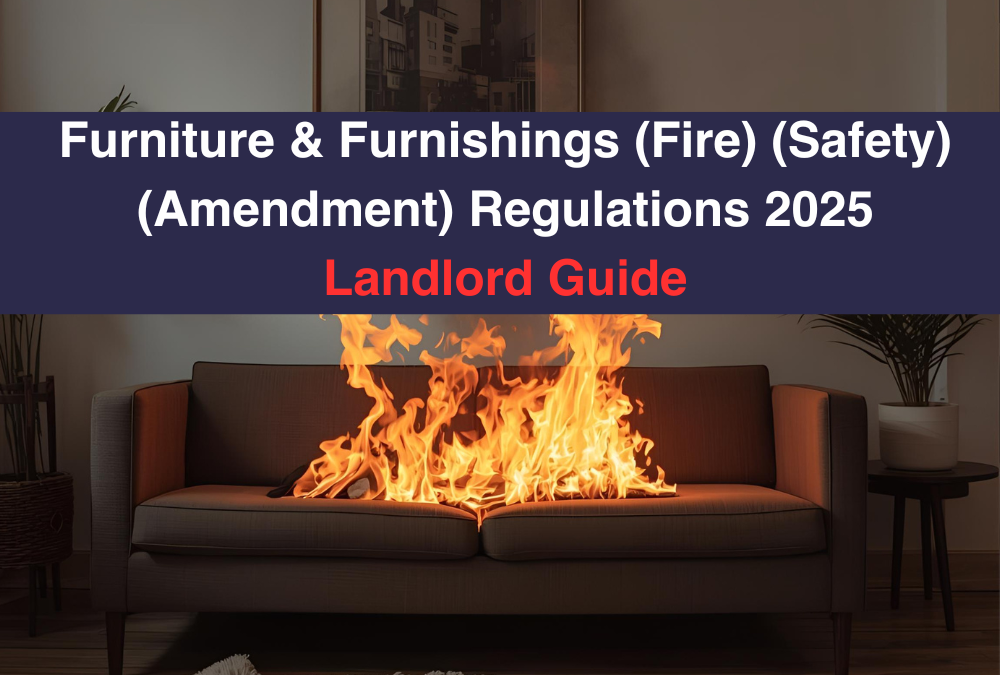With the upcoming Renters’ Rights Bill, more landlords are choosing to sell their rental properties before the new rules take effect. This is making the sale of properties with tenants in place (“sitting tenants”) increasingly common. If you’re thinking about buying a property with existing tenants, here are the key things to consider.
Why Buy a Property with Sitting Tenants?
- Instant Income: You start receiving rental income from the day you complete the purchase.
Known Tenant History: You’ll have access to the tenants’ payment record and behaviour, reducing uncertainty.
- Avoid Empty Periods: The property remains occupied, saving you from costly voids.
- Compliance (In Theory): The property should already meet legal requirements like gas safety, electrical certificates, and licensing, though it’s vital to check this yourself.
- Potentially Lower Price: Properties sold with tenants in place often go for less than vacant ones, particularly if the rent is below market rates.
Potential Drawbacks
- Lower Rent: Existing rents are often below current market levels, especially for long-term tenants.
- Inherited Tenants: You don’t get to choose your tenants or conduct your own referencing.
- Existing Agreement: You’re bound by the terms of the existing tenancy agreement. Changes require tenant consent, or you may need to serve notice (if permitted).
- Compliance Risks: If the previous landlord hasn’t met their legal obligations, you inherit those issues.
Essential Due Diligence
Before buying, make sure you (or your solicitor) check the following:
- Tenancy Agreement: Obtain the full agreement and any amendments or rent increases.
- Deposit Protection: Ensure the deposit is registered in an approved scheme and prescribed information has been provided to the tenant.
- Safety Certificates: Confirm valid Gas Safety Certificate, EICR, and any HMO or selective licences if applicable.
- Maintenance Records: Request recent inspection reports, a maintenance log, and the original inventory.
- Right to Rent Checks: Ensure proper documentation is in place for all tenants.
Safety and Compliance Checks
Immediately after purchase, ensure:
- Working smoke alarms on every floor
- Carbon monoxide alarms where needed
- Safe door locks and light fittings
- Secure floor coverings
- All urgent maintenance issues are addressed quickly
If There Are Compliance Gaps
If the property isn’t fully compliant (e.g., missing certificates or deposit paperwork), the new owner is responsible for fixing these issues promptly. For example, if an electrical safety certificate is unsatisfactory, require the seller to address this before completion. If the deposit wasn’t properly protected, make sure this is remedied immediately after purchase.
Communicating with Tenants
While the seller isn’t legally required to tell tenants they’re selling, openness often encourages cooperation. After completion, the new landlord must formally notify tenants of the change of ownership, provide the new contact address, and explain any changes to rent payment details or maintenance reporting.
Rent Increases
If you feel the current rent is below market value, you can propose a rent increase using the correct legal process. Always be fair and reasonable, and consider phasing in any increases to help maintain good tenant relationships.
Final Thoughts
Buying a property with sitting tenants can be a smart move—especially in today’s competitive rental market. With the right due diligence and a proactive approach to compliance, it offers immediate income and continuity. If you’re considering this option, seek professional advice to ensure a smooth and compliant transaction.
Need help buying or selling a property with tenants in place?
Contact Horizon Lets for expert support throughout the process.
Related Articles
- Should I Let My Tenant Decorate?
- The Importance Of Building A Good Relationship With Your Tenants
- What Landlords Should Know About ‘White Goods’
- Starting your Property Portfolio
- Landlord’s Guide to Letting Property








